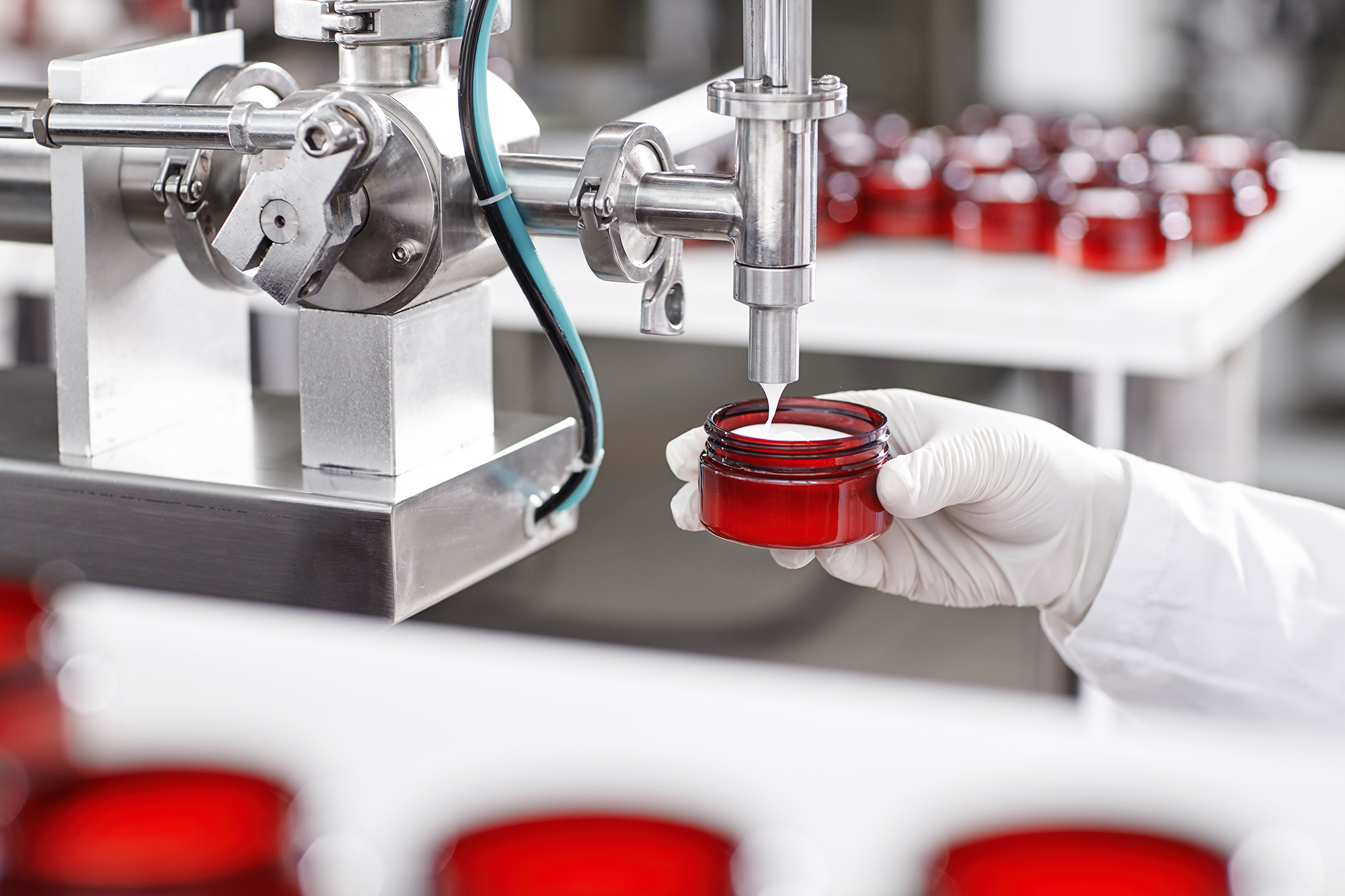Ensuring Quality and Safety: Cosmetic Good Manufacturing Practice (GMP)

In the world of cosmetics, ensuring the quality and safety of the products is of the greatest importance and, therefore, strict regulations and guidelines have been established with a view to guarantee a high level of protection of human health.
Article 8 of Regulation (EC) No 1223/2009 especially requires that the manufacture of cosmetic products complies with cosmetic Good Manufacturing Practice (GMP).
What is Cosmetic GMP?
Cosmetic GMP sets the foundation for manufacturers to uphold the highest standards in the production, packaging and quality control of cosmetic products.
Compliance will be presumed if GMP is in accordance with an established harmonised standard published in the Official Journal of the European Union. A harmonised standard is defined as a standard developed by a recognised European Standards Organisation. One such example is ISO 22716.
ISO 22716: International Standard for Cosmetic GMP
ISO 22716 is an internationally recognised standard developed by the International Organisation for Standardisation (ISO) specifically for cosmetic GMP. This standard provides guidelines for the production, control, storage, and distribution of cosmetic products. ISO 22716 covers various aspects of cosmetic manufacturing, including personnel, premises, equipment, raw material control, production, packaging, storage, and distribution. It aims to ensure that cosmetic products are consistently produced in a controlled environment, adhering to strict quality and safety requirements.
The importance of Cosmetic GMP
- Consumer Safety: The primary objective of Cosmetic GMP is to ensure the safety of cosmetic products. By adhering to GMP guidelines, manufacturers minimize the risk of contamination, product defects, and adverse reactions. GMP emphasizes the implementation of standardized processes, quality control measures, and rigorous testing to guarantee the safety and efficacy of cosmetic products.
- Product Quality: Cosmetic GMP promotes consistency and uniformity in the manufacturing process, resulting in products of high quality. GMP guidelines require manufacturers to establish and maintain robust quality control systems, including ingredient testing, batch tracking, and stability testing.
- Regulatory Compliance: Compliance with regulatory requirements, including Article 8 of Regulation (EC) No 1223/2009, is crucial for cosmetic manufacturers to operate legally and ethically. Cosmetic GMP serves as a framework for meeting these regulatory obligations.
- Facilities and Equipment: Cosmetic GMP, as recommended by ISO 22716, emphasizes the need for suitable manufacturing facilities that meet cleanliness and safety requirements, ensuring product integrity.
A description of the manufacturing method and a statement on compliance with GMP is to be included in the Product Information File (PIF).
References
Regulation (EC) No 1223/2009 of 30 November 2009 on cosmetic products
![[Logo Cosmedesk]](/media/ljbbhnk4/logo-cosmedesk.svg)